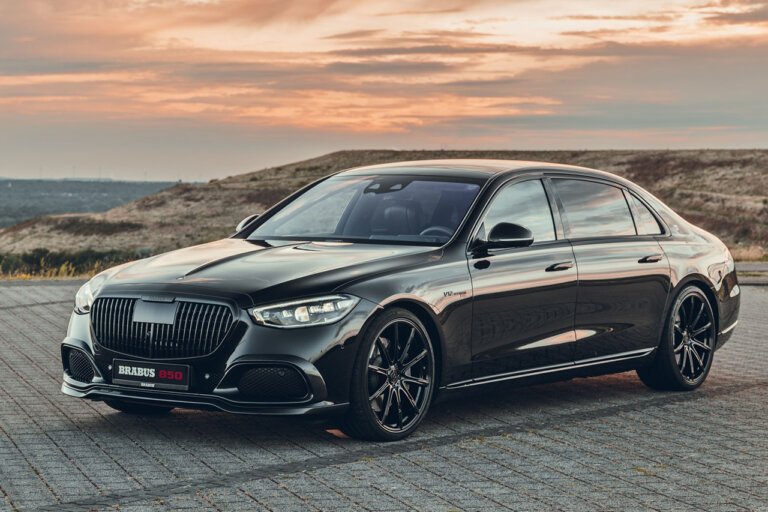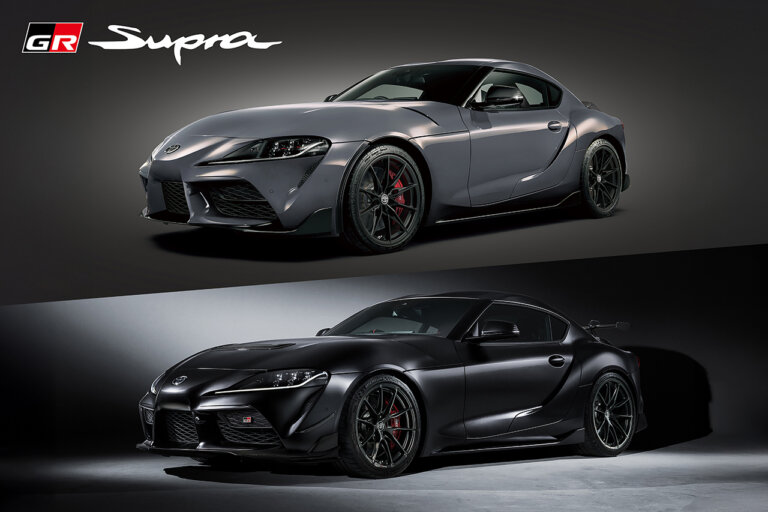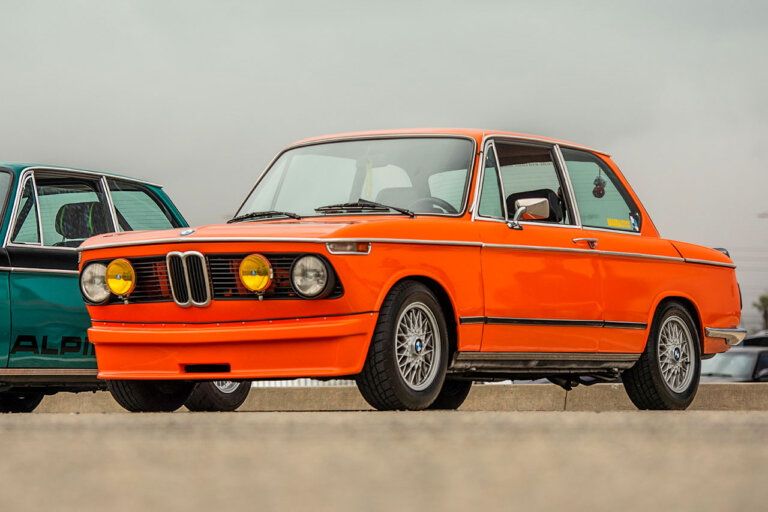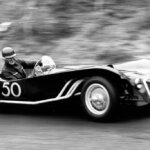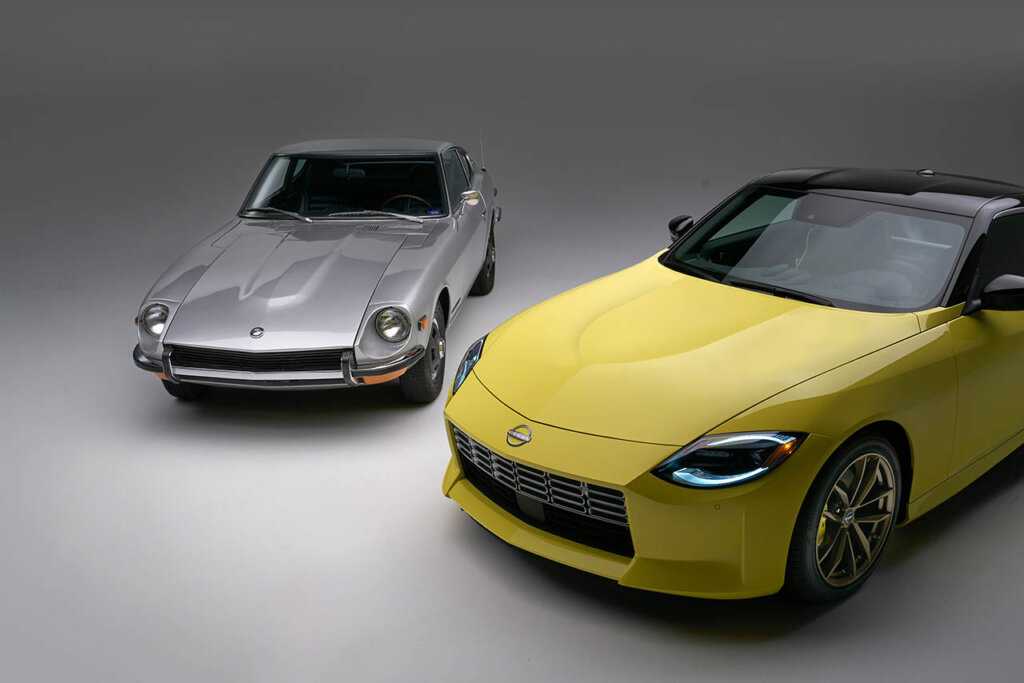
Source: Nissan
The Nissan Z has captured the hearts of automotive enthusiasts worldwide for over five decades. With its sleek design, exhilarating performance, and a commitment to pushing the boundaries of innovation, each generation of the Nissan Z has left an indelible mark on the automotive landscape. In this article, we will take a journey through time, exploring the history of each Nissan Z generation and the unique characteristics that define them. From the iconic 240Z to the new Nissan Z, we will delve into the evolution of this legendary sports car starting with the Fairlady Z to the 240Z.
Fairlady Z: 1969–1978
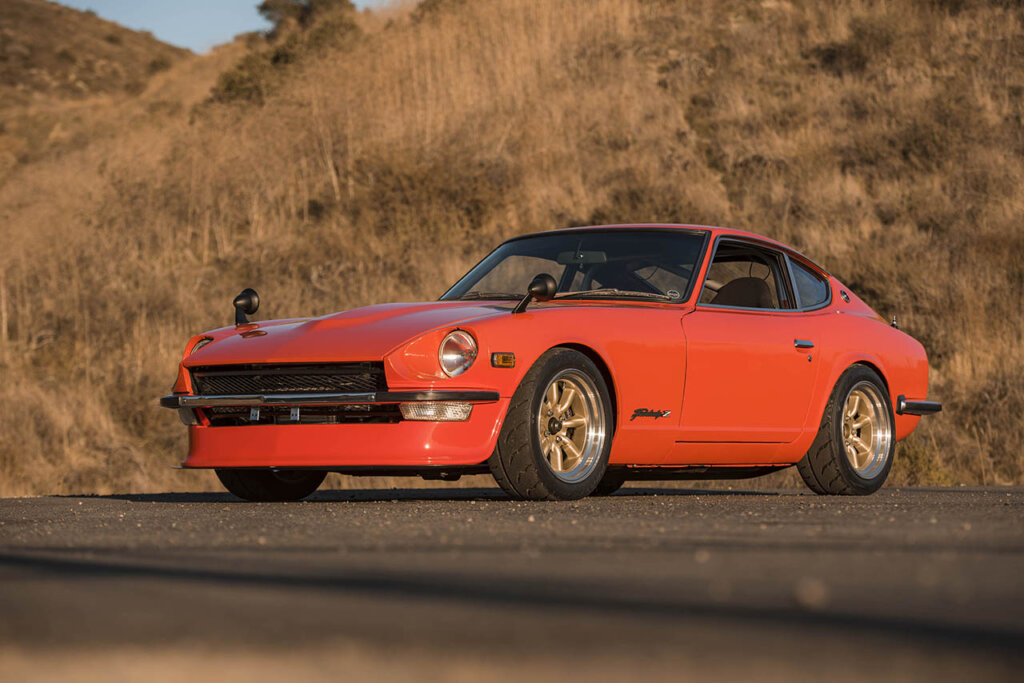
Source: Motofutura
The Nissan Fairlady Z, also known as the Datsun 240Z, 260Z, and 280Z in the US, made its Japanese debut in late 1969 as an answer to the growing demand for affordable yet high-performance sports cars. Designed by Yoshihiko Matsuo, it combined the sleek lines of a European sports car with Japanese reliability. It featured a stylish coupe body, rear-wheel drive, and was powered by a 2.0-liter straight-six SOHC engine. With a production of 128 hp, it offered impressive performance for its time. The Fairlady Z was available with either a four or a five speed manual transmission.
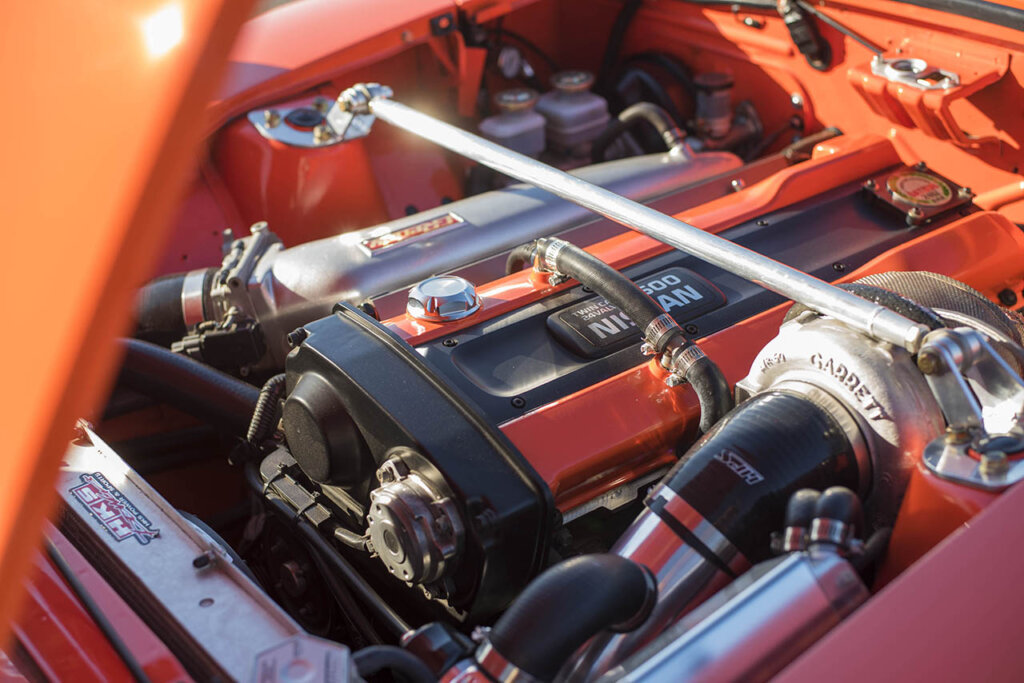
Source: Motofutura
The Fairlady Z’s impact extended beyond its performance and design. It played a crucial role in shaping Nissan’s reputation as a manufacturer of exceptional sports cars, known for their combination of performance, reliability, and affordability. The Fairlady Z’s success also paved the way for the subsequent generations of Nissan’s Z-car lineage, ensuring that its legacy would continue to inspire automotive enthusiasts for years to come.
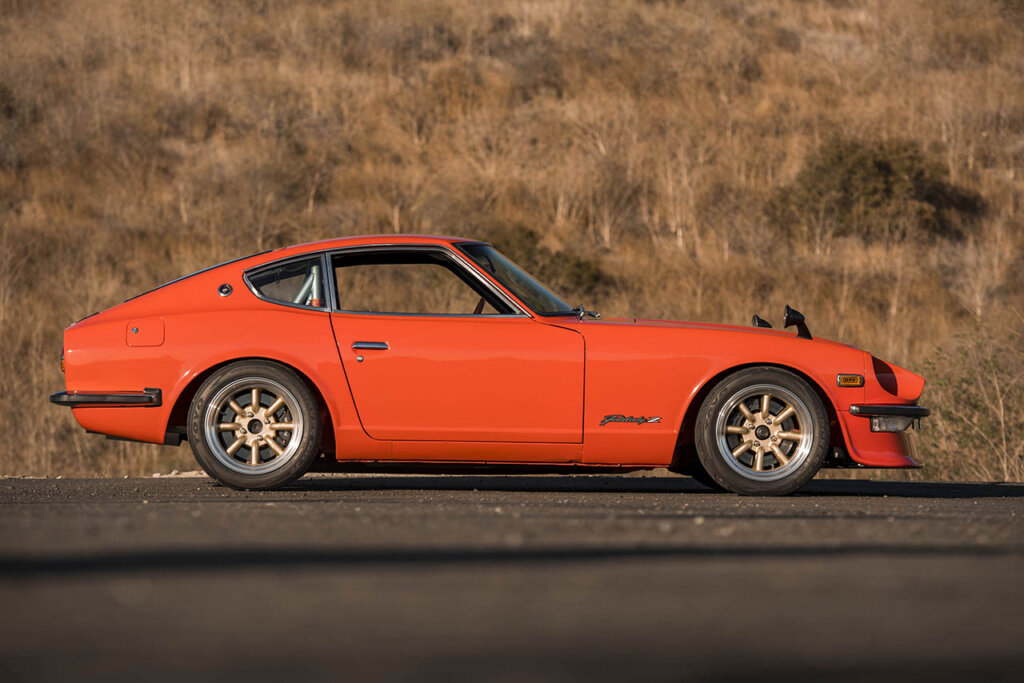
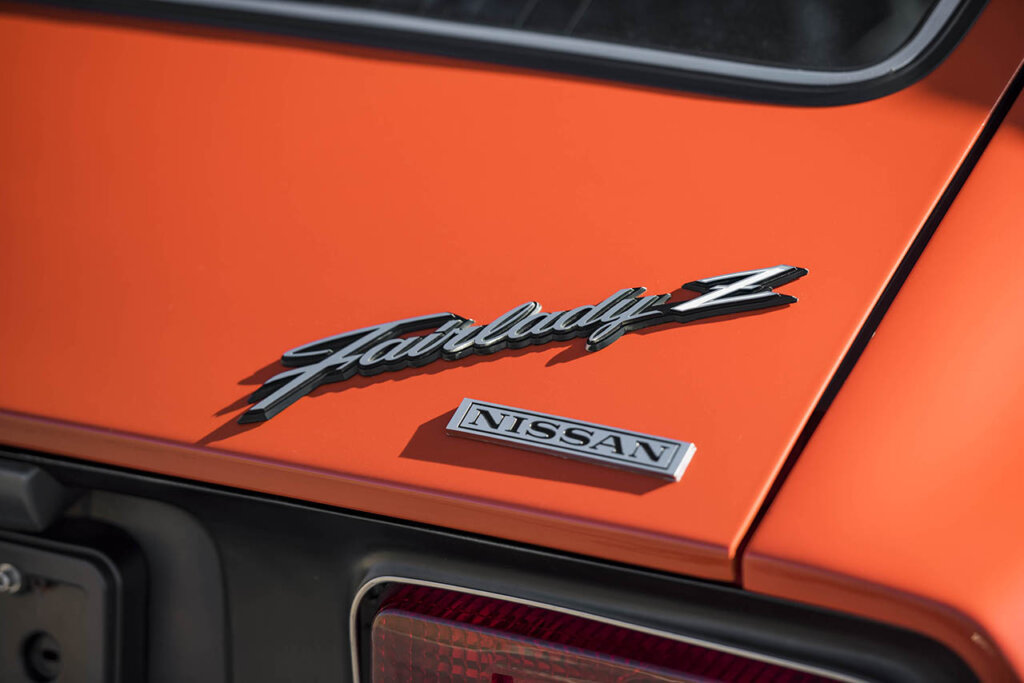
240Z: 1969–1973
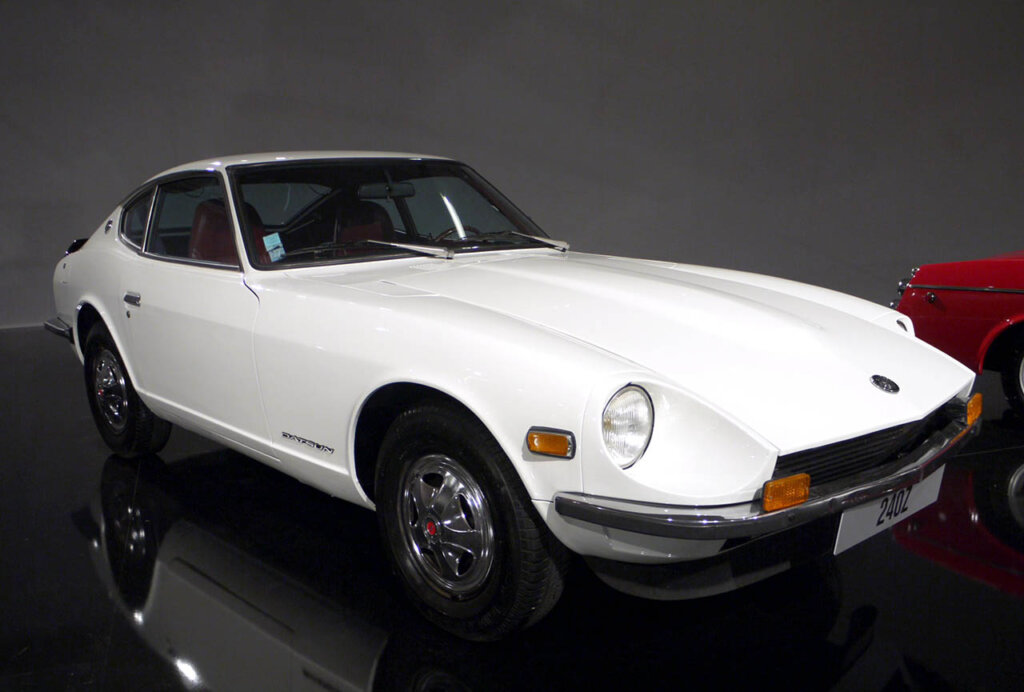
Source: Wikimedia
The early US 240Z models, produced from 1969 to mid-1971, boasted unique characteristics. Notably, they featured a chrome 240Z badge on the sail pillar and two horizontal vents below the rear hatch for ventilation. The 240Z featured a 2.4L L24 inline six with twin Hitachi carburetors that produced 151 horsepower, in comparison to the 2.0L inline six found that produced only about 128 horsepower in the Japanese Fairlady Z.
In mid-1971, production changes were implemented. The sail pillar emblems were restyled, displaying a circular vented emblem with just the letter Z. The vents in the hatch panel were eliminated due to customer complaints about exhaust circulation within the car. A less common three-speed automatic transmission became available as an option, distinguished by the “Nissan full automatic” badge.
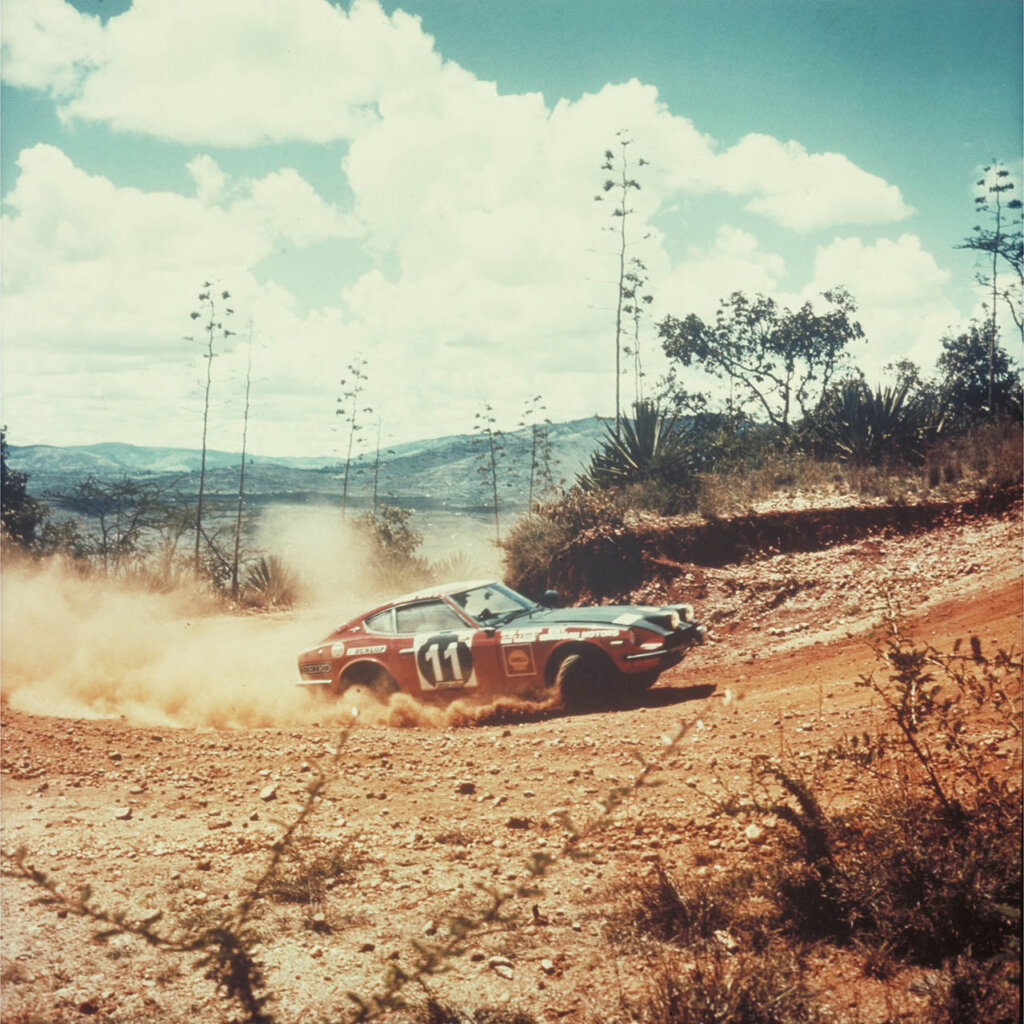
The 240Z US model also experienced design changes to meet federal requirements. These changes were not always reflected in the JDM Fairlady version, except if they pertained to specific regulations. Modifications included interior updates for the 1972 model year and repositioning of the bumper over-riders for safety. Additionally, emission control devices were added, and new style emissions-reducing carburetors were adopted for the 1973 model year due to stricter emissions regulations in the US.

